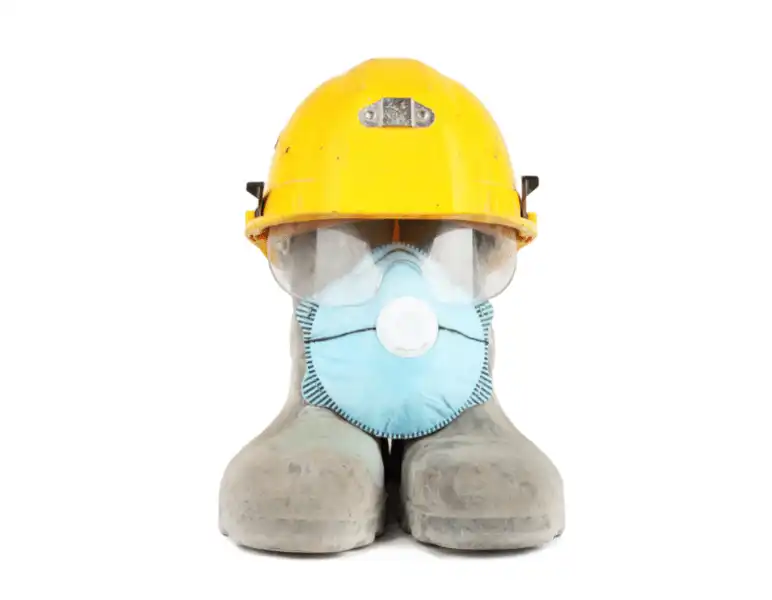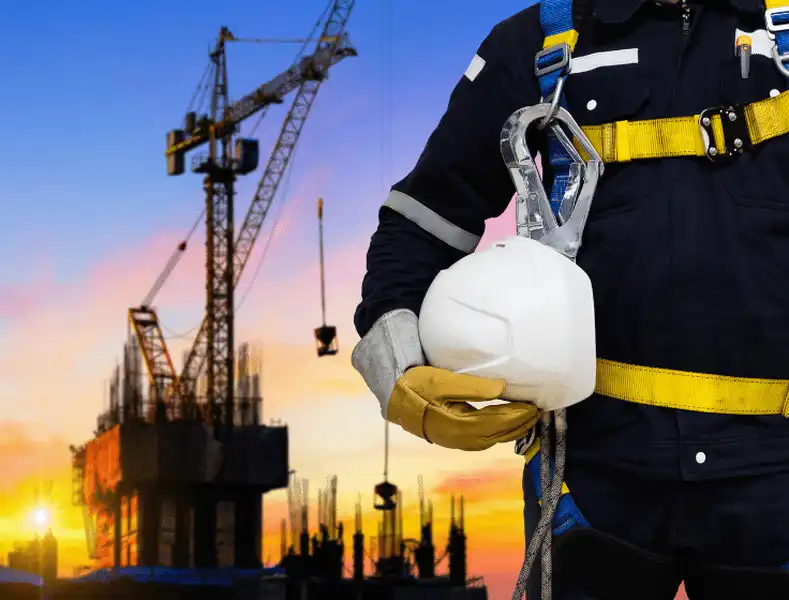Safety in the mining industry prevents injury or illness to miners, including occupational hazards such as dust, chemicals, noise, and temperature extremes.
Mining is a dangerous industry, and safety is the number one priority of any mining company. Mining accidents are a major issue in the industry, and they can cost companies millions of dollars in damages. Mining companies must take all possible measures to reduce risk factors to avoid these accidents.
One way that mining companies can reduce risk factors is by using advanced technology in their operations. One example would be using sensors that collect data about the environment and equipment conditions.
Engineers can use this data to identify potential issues before they happen. Another example would be using autonomous machines that work without human intervention, which reduces the risk of injury or death from human error or fatigue from long shifts with no breaks.
What are some of the common accidents in the mining industry?
The accidents that happen in this industry range from minor to life-threatening. Here are some of the common accidents that happen in the mining sector:
Some accidents that happen in the mining industry are
- Falls: This can happen when people fall into a mine shaft or down a slope or slip on ice, oil, mud, etc.
- Explosions: This can happen when there is an uncontrolled release of natural gas, coal dust, methane gas, etc.
- Electrocution: This can happen when a worker touches a live wire or gets too close to an electric cable.
- Caught in a conveyor belt: This can happen when a worker gets caught between two moving belts and crushed. – Falls: Falls can happen when workers are working at heights or on steep slopes.
- Caught in a rock fall: This can happen when a large rock falls on a person.
- Caught in metal transport: This can happen when workers get trapped by moving metal objects such as rushers, crushers, etc.
What are the tips to minimize accidents in the mining industry?
Accidents in the mining industry are usually due to a lack of safety precautions. Follow these 5 tips to reduce the chance of accidents in the mining industry:
- Maintain records
Keeping records of how many hours employees work and how many hours they take off is a good way to ensure safety in the workplace.
This will help employers know when an employee needs time off for rest or recovery from injury or illness and make sure they are getting paid for their time worked.
- Educate employees on safety
Educating employees on safety measures and also providing them with necessary training and skills
- Provide mechanical devices to reduce injuries and fatalities
Provide mechanical devices to reduce injuries and fatalities in the workplace. These devices can help increase safety in various settings, including factories, farms, mines, hospitals, and construction sites.
- Erect warning signs
The Department of Transportation (DOT) requires that the following signs be installed ahead of any construction, excavation, or obstruction that will obstruct the path of vehicular traffic.
- Train personnel in the use of safety equipment
This will help with their awareness and understanding of what they need to do to stay safe, which will make them less likely to get into accidents in the first place.
What is safety in the mining industry?

Health and safety in the mining industry is a broad term that can be broken down into five main categories:
- Safety: The health and safety of personnel in the mining industry
- Protection: measures taken to protect workers from the hazards and risks associated with mining activities -Prevention: measures taken to reduce the likelihood of injury, illness, or death
- Mitigation: measures taken to reduce the severity of an injury or incident in case one does occur -Recovery: steps that take place after an incident has occurred to minimize any further harm
- Risk management: evaluating the risks associated with mining, taking precautions to minimize the risks, and following an approved mine plan. There are four main categories of health and safety in the mining industry. These are protection, prevention, mitigation, and recovery. To have a successful or safe working environment, it is important to manage all four components effectively. The goal is to ensure your team members are as safe as possible while still getting the job done.
- Environmental: A concern over the detrimental impact that mining may have on an ecosystem or surrounding area. Regarding health and safety, there are broad categorizations relating to underground, surface, and land.
The Best Practices for Safety in the Mining Industry
Mining takes place in open pits, underground mines, and surface mines. Information on mining practices is critical for safety reasons and to protect the environment. It’s important to know what types of mining exist and which practices are best for a given situation.
Conduct a Risk Assessment and Review It Regularly.
This will help you identify potential hazards and take the necessary steps to avoid them.
It is also important that you are aware of the risks in your workplace and take steps to mitigate them. For example, if your workplace has a high risk of falls, you should use fall protection equipment such as guardrails or safety nets.
Communicate Risk to Employees Clearly and Effectively.
Communicating risk to employees effectively is an important part of safety in the mining industry. There are various ways to communicate risks, such as through training programs or company policies, but managers should be direct about what risks exist and how they will be dealt with if something does happen.
Set Clear Standards and Expectations of Behavior
Employees should be trained on these policies and their importance. They should also be taught what they can do to promote safety in their work environment, such as wearing appropriate PPE, reporting unsafe conditions, or using safe work practices. Another way to promote a safety culture is by regularly inspecting equipment and facilities for potential hazards such as spills or unsafe working conditions.
Challenge Compliance with Procedures Equally and Unequally
The company should not be lenient on any one rule, no matter how small it may seem. This will create a culture of complacency and a lackadaisical attitude toward safety in the workplace.
Maintain Safe Behaviors With Proper Supervision
To keep miners safe, they must have proper supervision, equipment, and training.
How is safety in the mining industry regulated?
The Occupational Safety and Health Administration (OSHA) regulates mining safety in mining.
The safety regulations enforced by OSHA are based on the Mine Safety and Health Act of 1977, which was created to protect miners from injury or death while at work. The act sets out specific requirements employers must meet to keep their employees safe. The act also penalties employers who don’t follow these requirements.
Read Also: 15 Best Mining Engineering Schools in The World
How is safety training provided to miners?
The safety training provided to miners is designed to teach them the skills they need to minimize the risk of injury and death. The training is delivered in various ways, including classroom instruction, self-study, and on-the-job training.
Safety training teaches miners how to minimize injury or death risks. It is delivered in various ways, such as classroom instruction, self-study, and on-the-job training.



